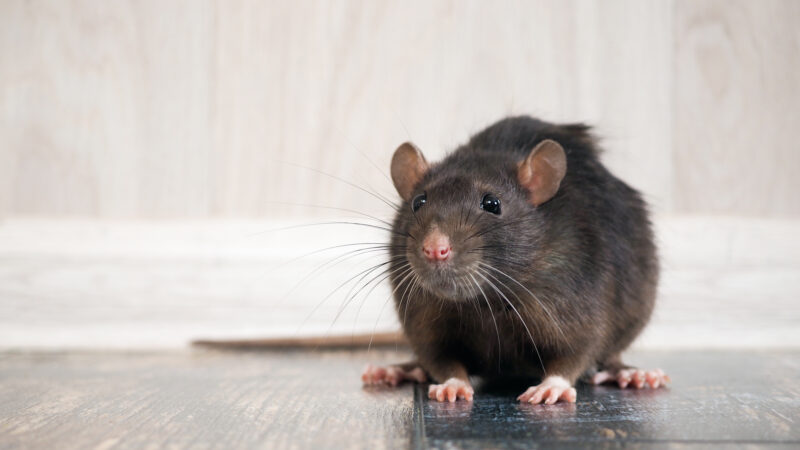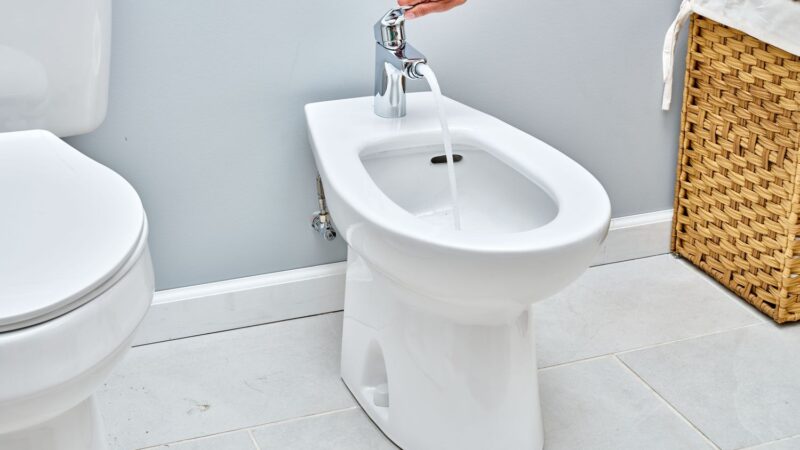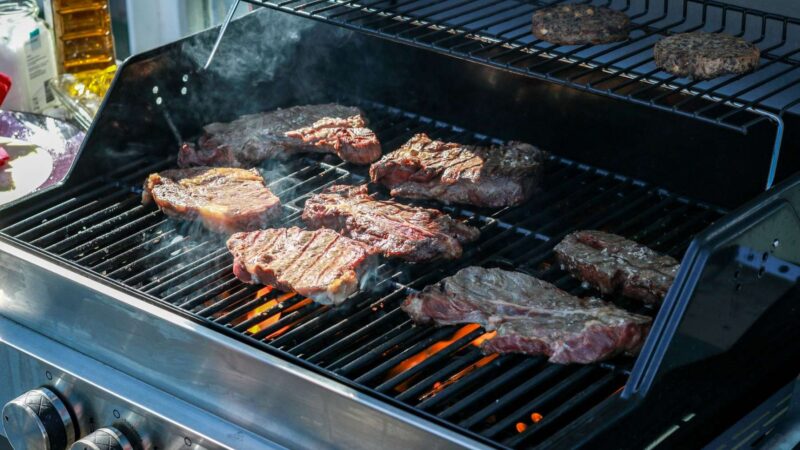The best way to understand what red worms actually are, one needs to understand that these worms are the nature’s dwellers that are capable of natural composting. Native to Europe, these worms are also popularly known as Eisenia fetida and are found under leaf litter, manure and other organic matter. A striking characteristic of this species is that they are vibrant in color with a yellow banding and are remarkably crucial in vermicomposting- a process in which organic matter is turned into nutrient-rich compost. The use of red wiggler worms in this process is quite significant.
Adaptability
One significant fact about these worms is that they can tolerate and adapt to a wide range of temperature conditions, which makes them suitable for various climates and environments. While they prefer temperatures between 55°F and 77°F (13°C to 25°C), they can survive in colder or warmer conditions for short periods with adequate protection and moisture. However, they are sensitive to environmental issues such as pollution.
Highly Reproductive
Another important aspect that one may want to know is that these worms are highly reproductive in nature. In other words, these prolific breeders are capable of breeding rapidly under favorable conditions. Self-fertilization, in this species, is possible as they possess male as well as female organs. So, a single red wiggler is capable of producing multiple cocoons at a time. This is why their population is steady in respect to the composting systems.
Vermicomposting
Their role in vermicomposting is perhaps their most significant contribution to nature. Red wigglers are renowned for their voracious appetites and efficient composting abilities. These worms are capable of consuming up to half their body weight in organic matter every day, breaking down kitchen scraps, yard waste, and other decaying materials into nutrient-rich compost. Their burrowing activities create channels for air and water, promoting soil drainage and root growth. By enhancing soil health, red wigglers contribute to sustainable agriculture and ecosystem resilience.
It is important to note that despite their resilience to extreme temperatures, these worms are sensitive to pollution, and other environmental disturbances.
Conclusion
Red wiggler worms are indispensable allies in nature’s composting process. Their adaptability to various climates, prolific reproduction, and voracious appetites makes them key players in vermicomposting, enhancing soil health and promoting sustainable agriculture. However, it is important to note that one has to protect their delicate ecosystem to yield the best composting results.








